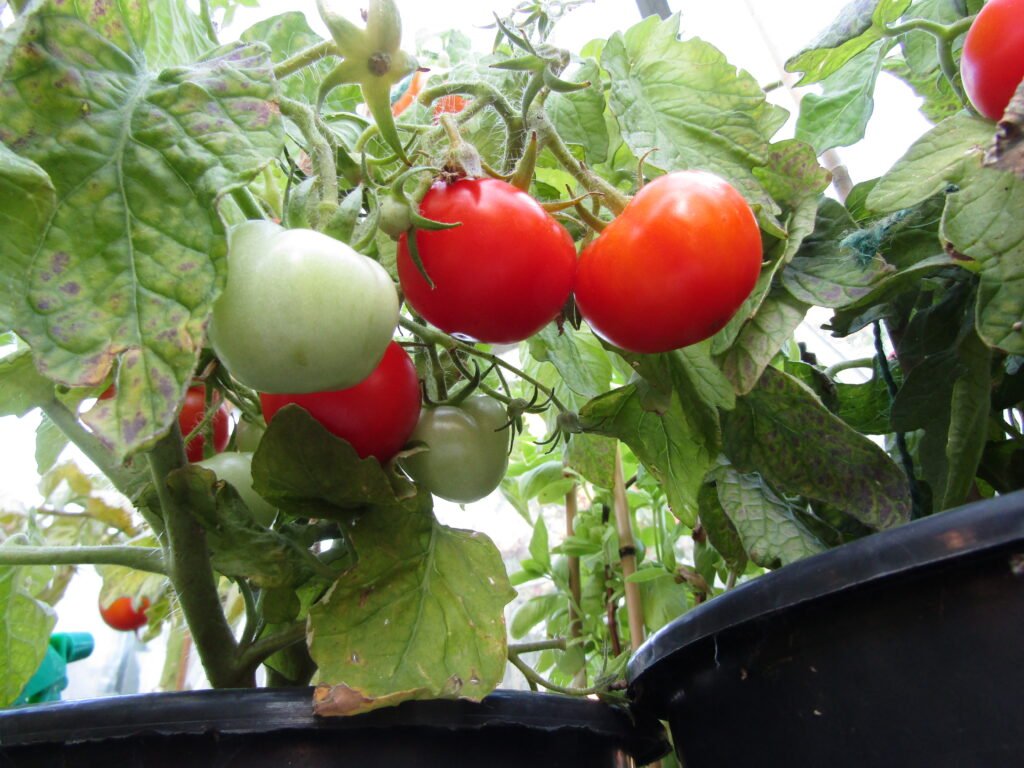Imagine reaching down to pluck a plump, sun-kissed berry from a wild Australian shrub. It smells earthy, sweet, and just a little mysterious. But here’s the catch: that innocent-looking fruit might be a culinary delight or a deadly mistake. Australia’s bush tomatoes are as captivating as the landscape itself — beautiful, unpredictable, and sometimes lethal. One bite can transport you to a world of complex flavors, or, if you’re unlucky, straight into the arms of a ruthless toxin. So why do these wild tomatoes walk the razor’s edge between feast and fatality? Let’s wander into the sunburnt outback and unearth the secrets of these beguiling fruits.
The Allure of the Bush Tomato: Nature’s Wild Gamble
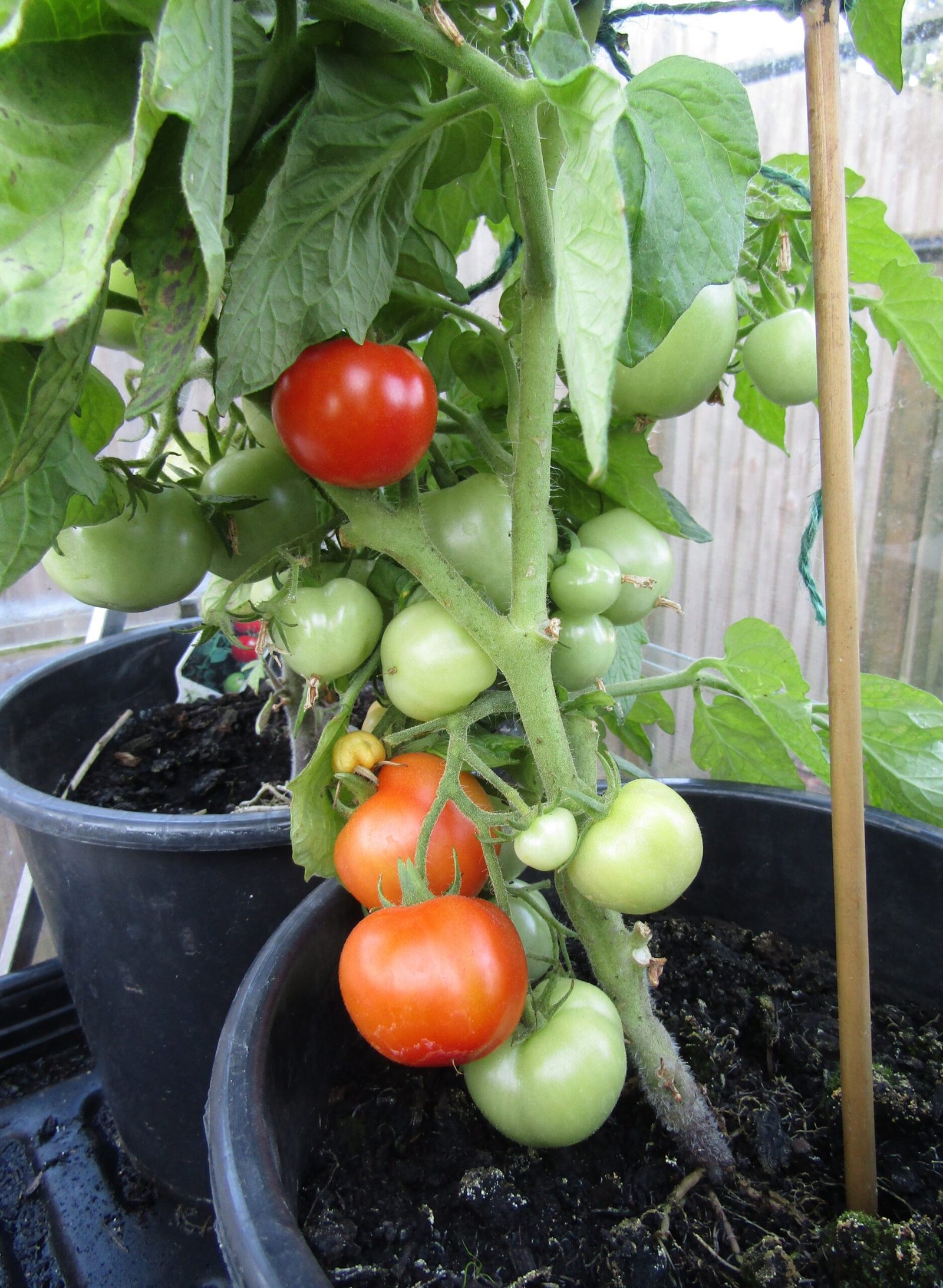
Bush tomatoes, or “desert raisins,” look like little golden candies dangling on wiry stems, promising a taste of the Australian wild. For thousands of years, Indigenous Australians have foraged and savored certain varieties, turning them into sauces, stews, and snacks. Yet, even seasoned gatherers know there’s danger lurking in a misidentified berry. These fruits lure curious explorers and foodies alike, their appearance sometimes more inviting than supermarket tomatoes. But unlike their store-bought cousins, bush tomatoes come with a twist — not all are safe to eat, and some hide a punch of poison behind their charming looks.
What Exactly Are Bush Tomatoes?
Bush tomatoes belong to the Solanum genus, the same quirky plant family as potatoes, eggplants, and our everyday tomatoes. With more than 100 native species scattered across Australia, they thrive in harsh, arid regions where few other plants dare to grow. Some species produce edible fruits packed with flavor, while others have evolved toxic defenses to keep predators at bay. Their diversity is astounding — from tiny green marbles to yellow or purple orbs — and their survival tactics are a testament to Australia’s tough love of a climate.
Edible Gems: The Stars of the Aussie Bush Pantry
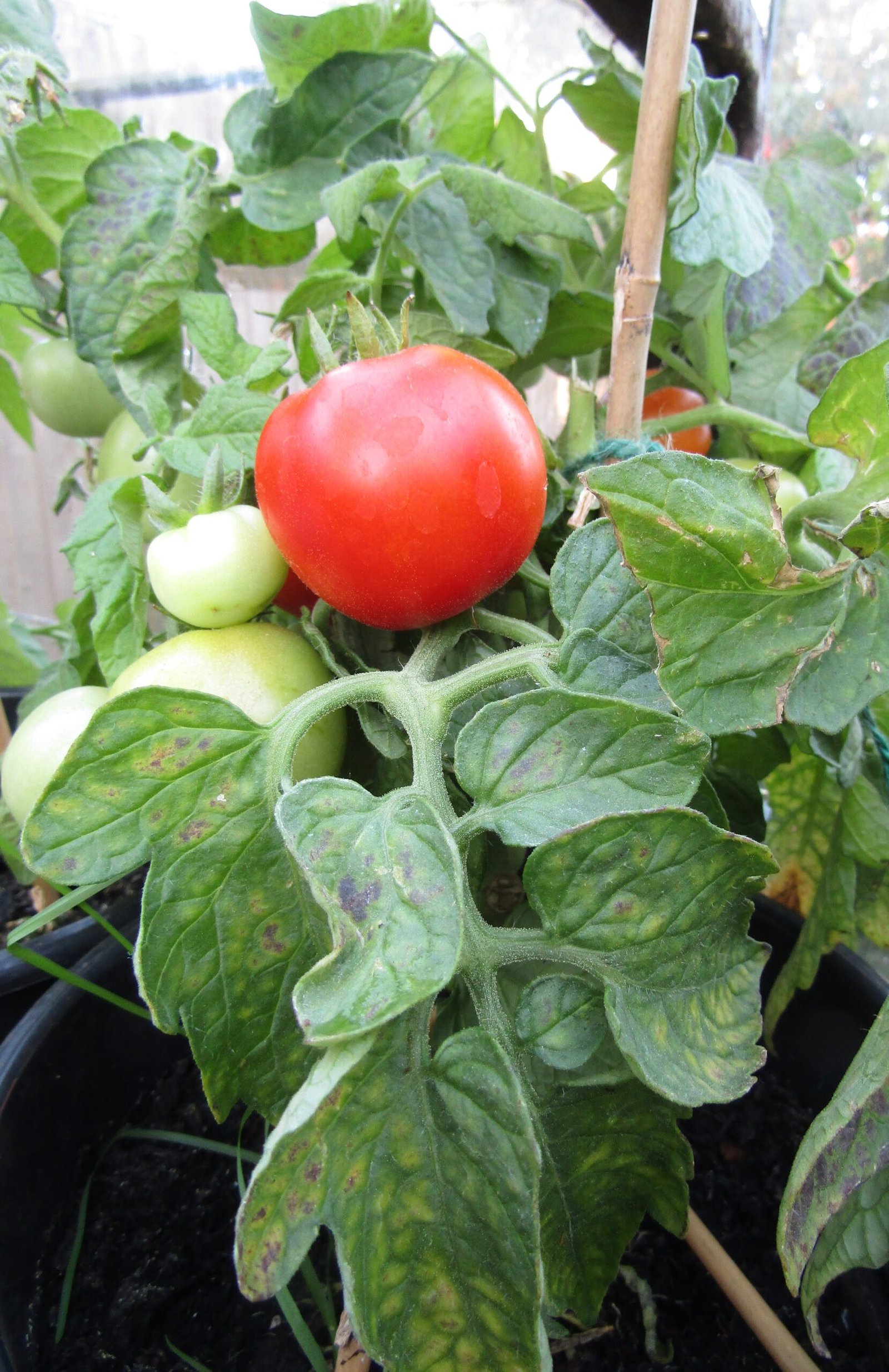
Solanum centrale, also called “kutjera” or “desert raisin,” is the celebrity of the edible bush tomatoes. Its small, wrinkled fruits are bursting with tangy, sun-dried flavors, reminiscent of caramel and tamarind. Indigenous communities have enjoyed these for generations, grinding them into pastes or adding them to kangaroo stews. Other edible species include Solanum ellipticum and Solanum cleistogamum, each with their own unique punch of taste. These bush tomatoes are now finding their way into modern kitchens, adding complexity to sauces, chutneys, and even chocolate bars.
The Sinister Side: Poisonous Imposters in the Wild
Here’s where things get nerve-racking: many bush tomato species are dangerously toxic. Solanum quadriloculatum and Solanum esuriale, for example, contain solanine and other toxic alkaloids that can cause nausea, vomiting, hallucinations, and even death. The line between edible and poisonous can be razor-thin — some species look nearly identical. A wrong step, a careless nibble, and a walkabout can turn into a nightmare. This is one reason why bush tomatoes are sometimes called “Russian roulette fruits” by foragers.
Why Are Some Bush Tomatoes Poisonous?
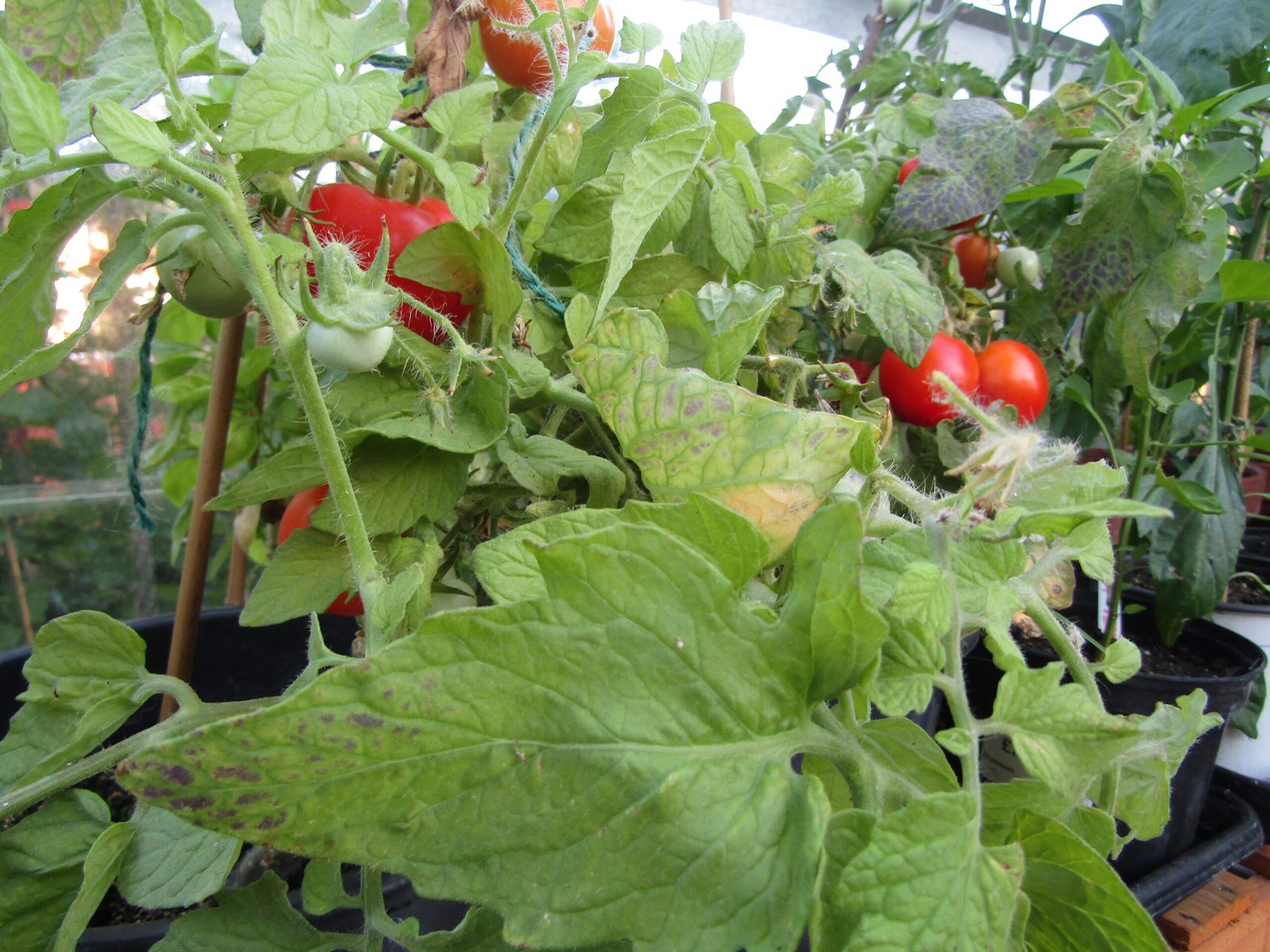
Nature is endlessly creative, and in the harsh outback, plants have to defend themselves. Toxic bush tomatoes evolved their chemical weapons — bitter-tasting and sometimes deadly alkaloids — to fend off animals and insects hungry for their fruits. These compounds are like natural pesticides, targeting nervous and digestive systems. Over millennia, some animals (and clever humans) have adapted to tolerate low doses, but for most of us, the risk is real. It’s a fascinating glimpse into the evolutionary arms race between plants and their predators.
Indigenous Knowledge: Australia’s First Bush Tomato Experts
Long before botanists arrived with notebooks and microscopes, Indigenous Australians were masterful bush tomato experts. Through careful observation, storytelling, and trial and error, they mapped out which fruits were edible, when to harvest, and how to prepare them. Some toxic varieties can be made safe by drying, roasting, or soaking, neutralizing the worst of the alkaloids. This traditional wisdom is woven into cultural practices and songs, passed down through generations as both survival guide and celebration.
How Can You Tell the Deadly from the Delicious?
Spotting the difference between a tasty bush tomato and a toxic one is a high-stakes game. The color, size, and even the smell can be misleading. Some edible fruits shrivel and turn brown when ripe, while poisonous species can stay temptingly plump and colorful. Botanists rely on subtle details — the shape of the calyx (the leafy cap), the pattern of the leaves, or even the thickness of the skin. In the wild, the mantra is clear: when in doubt, leave it out. Even seasoned foragers make mistakes, so identification is a skill best learned from local experts.
The Science Behind the Toxins: Solanine and Friends
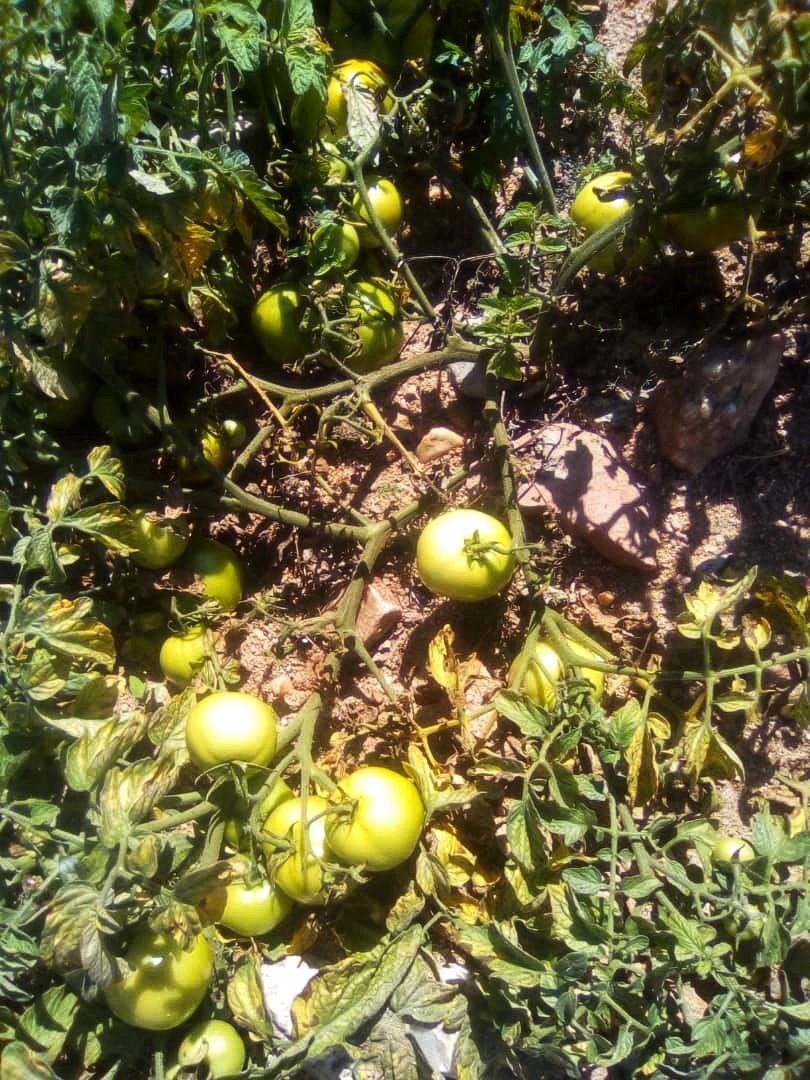
The main culprit behind the toxicity is solanine, a bitter alkaloid with a long rap sheet. In small doses, solanine can cause headaches, stomach cramps, and confusion. In higher amounts, it can be deadly, shutting down the nervous system. Interestingly, solanine is also found in green potatoes and unripe tomatoes. Other bush tomato toxins include saponins and glycoalkaloids, which attack the gut. Scientists are still unraveling the complex cocktail of chemicals in these plants, hoping to find new medicines or pest-control agents hidden among the poisons.
Bush Tomatoes in Modern Australian Cuisine
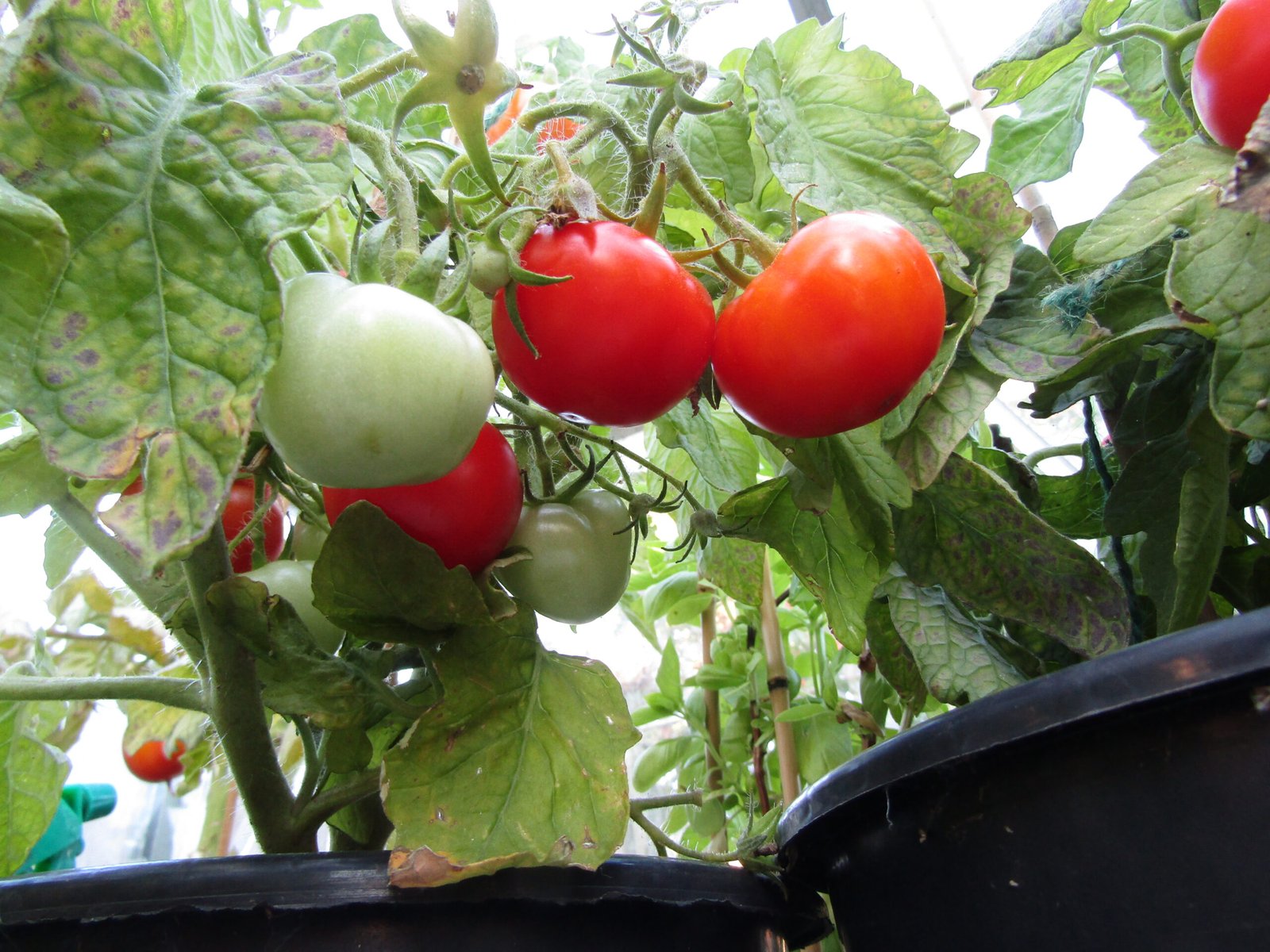
In recent years, bush tomatoes have become the darling of adventurous chefs and foodies across Australia. Their intense flavor — equal parts sweet, spicy, and smoky — has inspired jams, relishes, and even cocktails. Restaurants from Melbourne to Darwin offer dishes that spotlight these native ingredients, connecting diners to the land’s wild roots. However, commercial harvesters work closely with Indigenous communities to ensure only safe, edible species make it to the table. Each bite is a reminder of the land’s unforgiving beauty and the wisdom required to harness it.
Harvesting Hazards: Dangers for Foragers
Foraging bush tomatoes is not for the faint of heart. Aside from the risk of poisoning, the Australian outback throws other challenges into the mix: scorching heat, snakes, and the ever-present risk of getting lost. Even experienced foragers approach with caution, using gloves to avoid prickly stems and always checking with local guides before tasting anything. The thrill of the hunt is real, but so is the danger. It’s a test of knowledge, patience, and respect for the land.
Conservation Concerns: Protecting Wild Bush Tomatoes
Not all bush tomato species are thriving. Habitat loss, overgrazing, and climate change threaten some native populations. As demand grows for bush foods, sustainable harvesting practices have become crucial. Indigenous land management techniques, like controlled burns and seed collection, are helping protect these plants for future generations. Conservationists are also working to map and preserve rare species before they disappear forever, ensuring that the wild diversity of bush tomatoes remains part of Australia’s living heritage.
The Role of Bush Tomatoes in the Ecosystem
Bush tomatoes play a vital role in Australia’s fragile ecosystems. Their fruits feed birds, lizards, and small mammals, many of which have evolved ways to sidestep the toxins. The plants themselves stabilize soil and provide shelter in harsh desert environments. When their populations decline, it ripples through the food web, affecting everything from insects to top predators. Understanding and protecting bush tomatoes isn’t just about food — it’s about keeping the outback’s wild balance intact.
Traditional Processing: Turning Poison into Provisions
Through centuries of experimentation, Indigenous Australians have developed ingenious methods to make certain toxic bush tomatoes safe to eat. Drying, smoking, or burying the fruits for several days breaks down harmful compounds. Some groups even leach the fruits in running water or cook them in hot ashes. These traditional processes are more than survival tricks — they’re a testament to deep ecological knowledge and the art of living with, rather than against, the land.
Bush Tomato Myths and Legends
Bush tomatoes are woven into Aboriginal mythology, appearing in Dreamtime stories as both blessing and warning. Some legends tell of trickster spirits who disguised poisonous fruits to test the wisdom of travelers. Others celebrate the bush tomato as a symbol of resilience and adaptability — a plant that thrives where others wilt. These stories add a layer of magic and meaning to every fruit, reminding us that the bush is full of lessons, if only we pay attention.
Farming the Wild: Cultivating Bush Tomatoes Safely
With growing demand, some farmers are now cultivating bush tomatoes in controlled environments. By selecting known safe species and monitoring growing conditions, they reduce the risk of accidental poisoning. These cultivated fruits are more consistent in flavor and quality, making them a reliable ingredient for chefs and manufacturers. However, farming bush tomatoes is no easy feat; the plants still crave the harsh conditions of the outback, and mimicking those in a field or greenhouse can be tricky.
Health Benefits: More Than Just Flavor
Edible bush tomatoes are more than a culinary curiosity — they’re packed with antioxidants, vitamin C, and minerals. Some research suggests they may have anti-inflammatory properties and could help fight bacteria. For Indigenous Australians, they’ve long been valued not just for sustenance but for their healing effects, used in traditional medicine to treat colds and stomach troubles. Modern science is just beginning to scratch the surface of their health potential.
Global Interest: Bush Tomatoes Beyond Australia
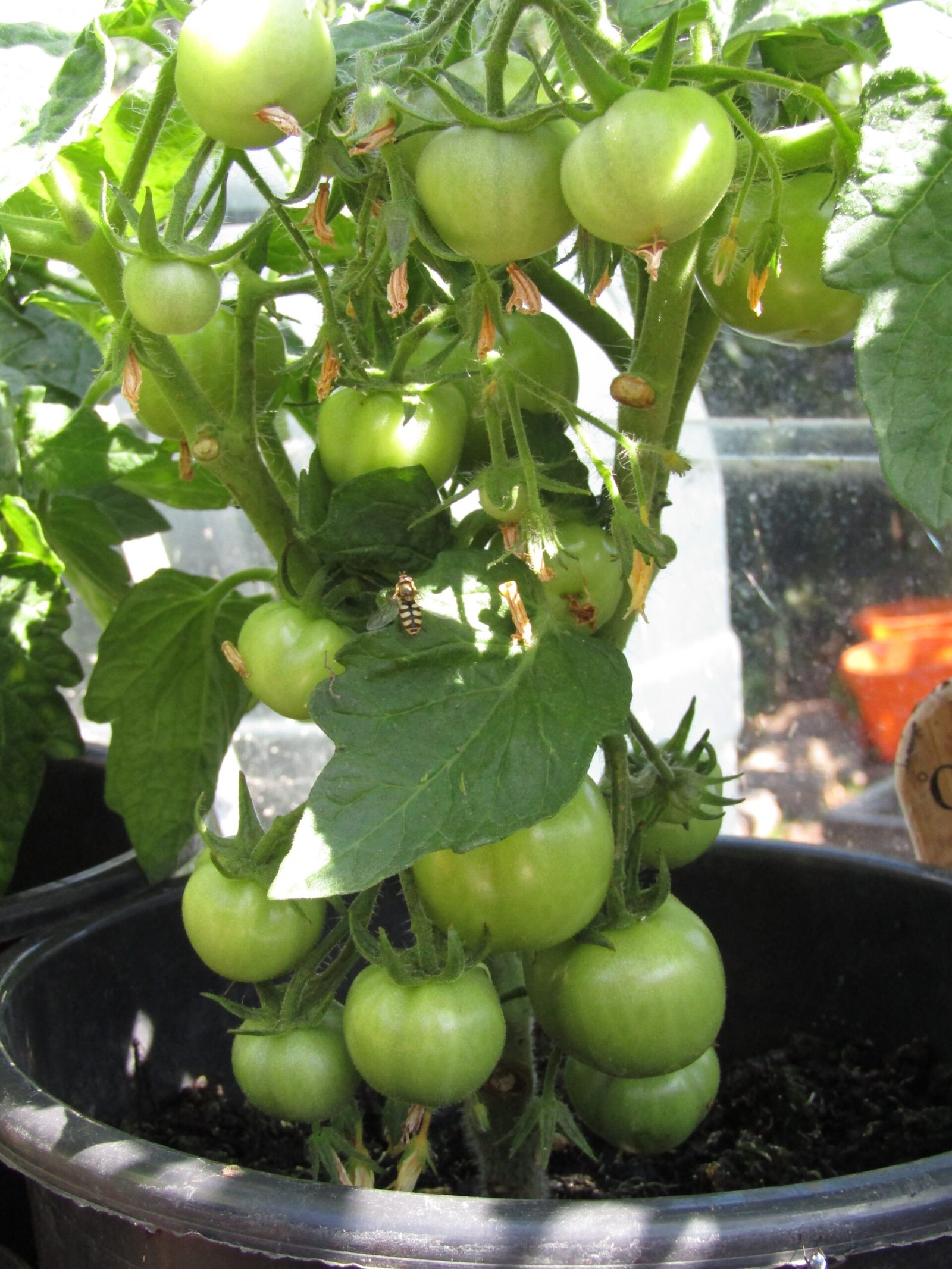
Word is spreading about these wild Australian fruits, and bush tomatoes are now popping up in specialty stores and restaurants worldwide. Exported as dried fruits or ground spices, they add a touch of the outback to dishes as far away as London or New York. This global interest brings opportunities for Indigenous communities to share their knowledge — and their products — with curious eaters everywhere. But it also raises concerns about overharvesting and the loss of cultural context.
Safety First: Tips for Would-Be Foragers
If you’re tempted to try your hand at bush tomato foraging, proceed with extreme caution. Never eat a wild fruit unless you’re absolutely sure of its identity, and always seek advice from local experts or Indigenous guides. Wear protective clothing, watch for snakes, and carry plenty of water — the outback doesn’t forgive mistakes. Remember, some toxins can’t be seen or tasted, and the consequences of a wrong bite can be severe. When in doubt, err on the side of safety.
Bush Tomatoes in Art and Culture
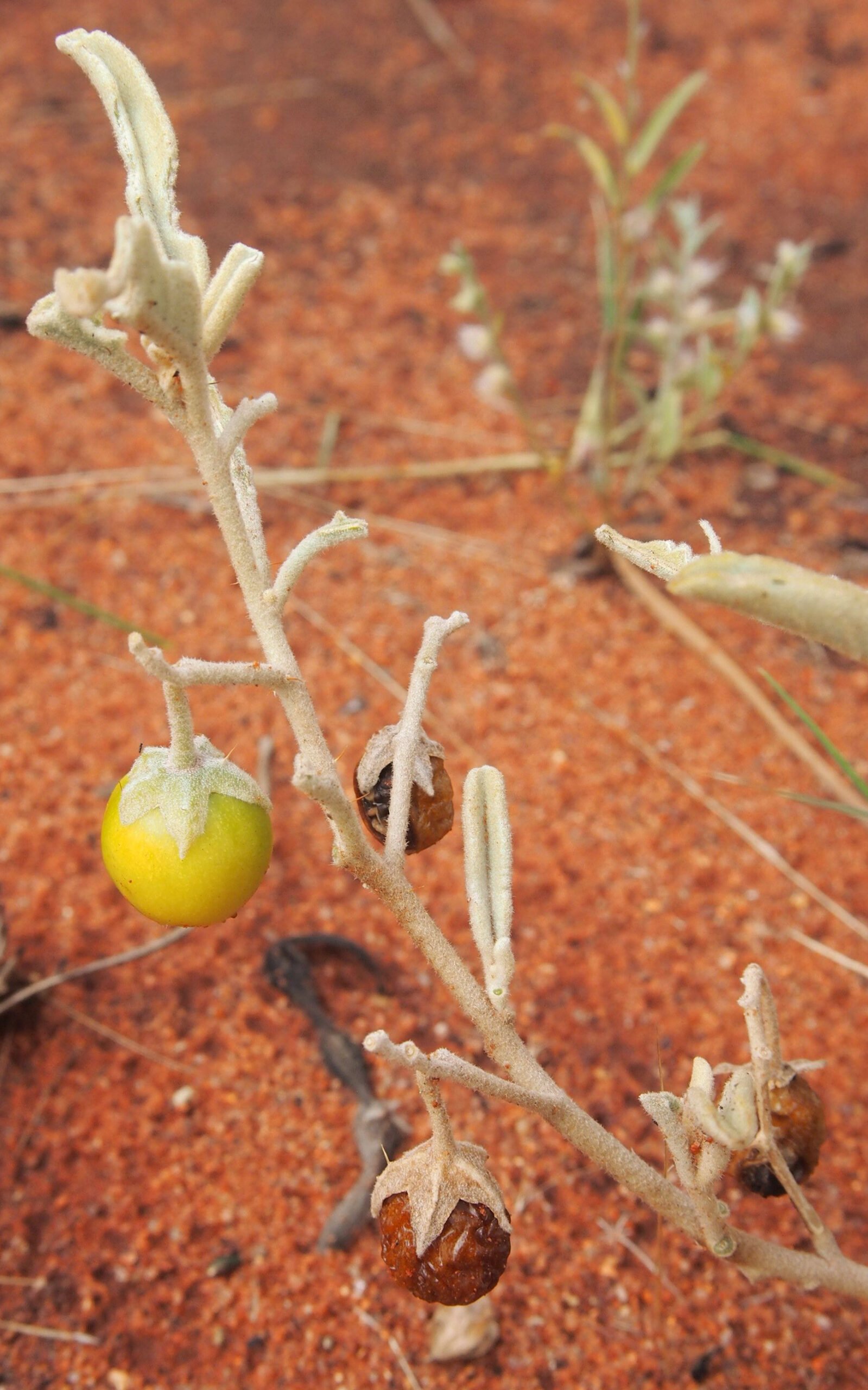
Beyond food, bush tomatoes have inspired artists, writers, and musicians across Australia. Their bold colors and spiky silhouettes appear in paintings, sculpture, and even fashion. For many, the bush tomato is a symbol of Australia’s wild spirit: tough, mysterious, and beautiful. Songs and stories celebrate the fruit’s role in survival and connection to country, turning it from a humble berry into an icon of resilience.
The Future of Bush Tomatoes: Innovation and Caution
Scientists and chefs are teaming up to unlock new uses for bush tomatoes, from natural food dyes to pharmaceutical compounds. Geneticists are exploring ways to breed safer, more robust varieties, while food technologists dream up new recipes that blend tradition with innovation. But with every step forward, there’s a need for caution — respecting Indigenous knowledge, protecting wild populations, and never underestimating the power of a tiny fruit to surprise us.
One thing is certain: Australia’s bush tomatoes are a wild gamble — a thrilling mix of danger and delight that demands respect, curiosity, and a healthy dose of caution. Will you ever look at a tomato the same way again?

